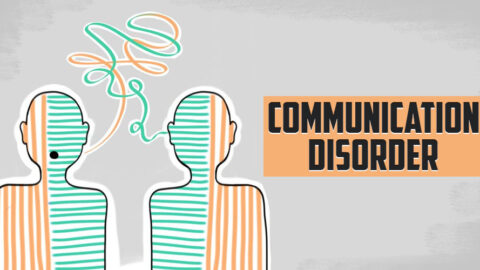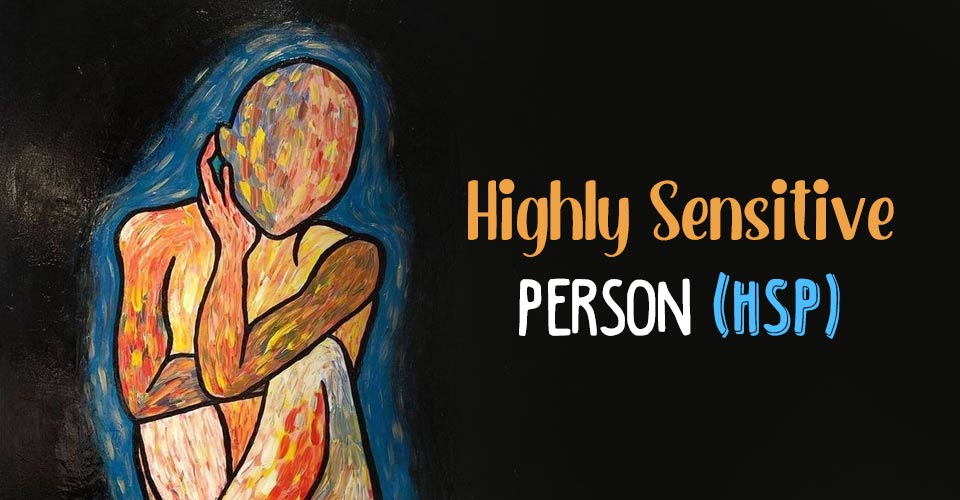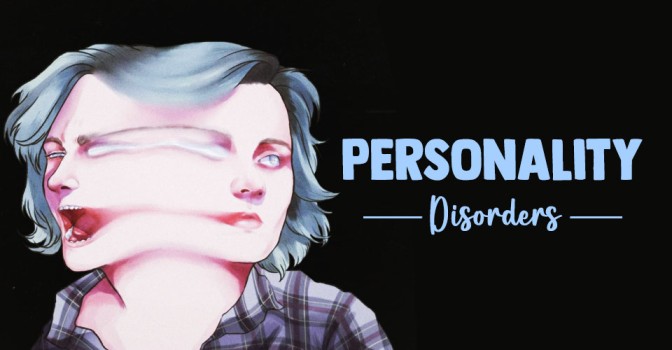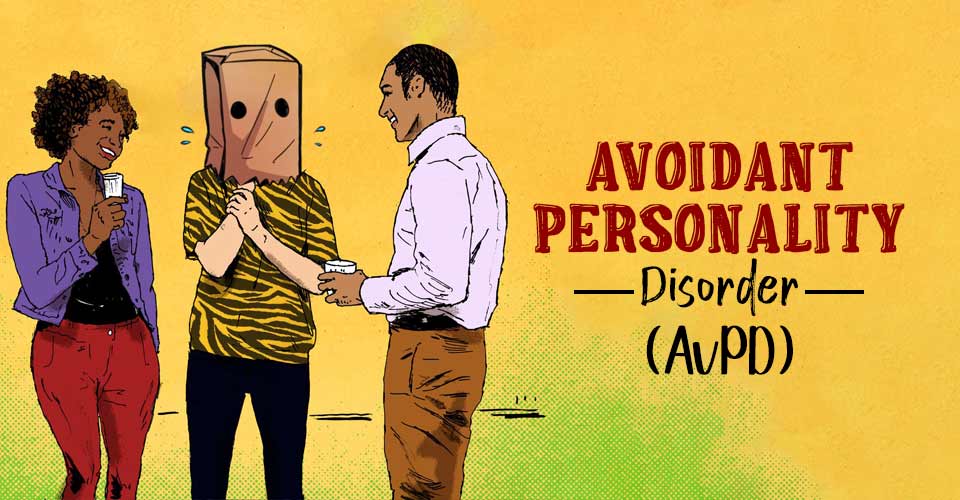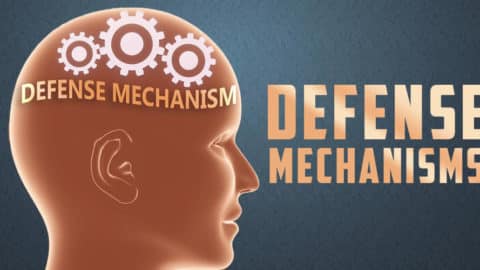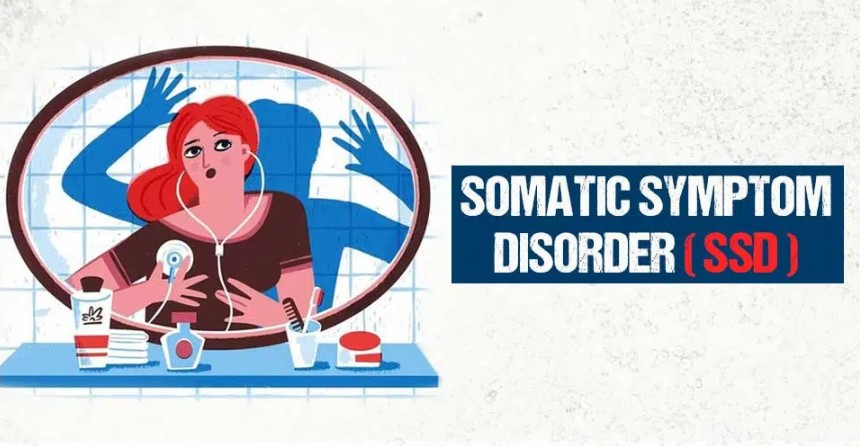Communication disorders are certain conditions that hinder a person’s ability to comprehend, express, or process communication with others. Affected individuals often face extreme challenges in expressing themselves effectively through verbal and written means.
What Are Communication Disorders?
Communication disorders refer to a range of conditions [mfn] communication disorder (Concept Id: C0009460) – MedGen – NCBI. (n.d.). Www.ncbi.nlm.nih.gov. Retrieved July 6, 2023, from https://www.ncbi.nlm.nih.gov/medgen/3549 [/mfn] that affect an individual’s ability to understand, produce, and use language effectively. These disorders can affect speech, language, and/or social communication skills. Examples of communication disorders include:
- Speech sound disorders (e.g., articulation or phonological disorders)
- Language disorders (e.g., expressive or receptive language impairments)
- Social communication disorders (e.g., difficulties with pragmatic language skills)
Read More About Expressive Language Disorder Here
Communication disorders can manifest in both children and adults [mfn] Rosenbaum, S., Simon, P., Committee on the Evaluation of the Supplemental Security Income (SSI) Disability Program for Children with Speech Disorders and Language Disorders, Board on the Health of Select Populations, Board on Children, Youth, and Families, Institute of Medicine, Division of Behavioral and Social Sciences and Education, & National Academies of Sciences, Engineering, and Medicine. (2016, April 6). Childhood Speech and Language Disorders in the General U.S. Population. Nih.gov; National Academies Press (US). https://www.ncbi.nlm.nih.gov/books/NBK356270/ [/mfn] , and their nature may vary depending on the individual and the specific disorder.
In children, communication disorders can significantly impact their development and academic performance, as they may struggle with reading, writing, and social interactions. Adults with communication disorders may face challenges in various aspects of their lives, such as education, employment, and personal relationships.
Prevalence Of Communication Disorders
The global prevalence of communication disorders varies across populations and regions. According to the World Health Organization (WHO), symptoms of communication disorders can be detected in approximately 5-10% of children worldwide [mfn] Skarżyński, H., & Piotrowska, A. (2012). Prevention of communication disorders–screening pre-school and school-age children for problems with hearing, vision and speech: European Consensus Statement. Medical science monitor : international medical journal of experimental and clinical research, 18(4), SR17–SR21. https://doi.org/10.12659/msm.882603 [/mfn] . The age of onset for communication disorders can also vary widely.
Regarding gender differences, certain communication disorders may exhibit variations. For instance, males tend to be more commonly diagnosed [mfn] Adani, S., & Cepanec, M. (2019). Sex differences in early communication development: behavioral and neurobiological indicators of more vulnerable communication system development in boys. Croatian medical journal, 60(2), 141–149. https://doi.org/10.3325/cmj.2019.60.141 [/mfn] with speech sound disorders, while females are more frequently diagnosed with language disorders.
Symptoms Of Communication Disorders
The common [mfn] Rosenbaum, S., Simon, P., Disorders, C. on the E. of the S. S. I. (SSI) D. P. for C. with S. D. and L., Populations, B. on the H. of S., Board on Children, Y., Medicine, I. of, Education, D. of B. and S. S. and, & National Academies of Sciences, E. (2016). Summary. In www.ncbi.nlm.nih.gov. National Academies Press (US). Available from: https://www.ncbi.nlm.nih.gov/books/NBK356265/ [/mfn] symptoms of communication disorders include:
- Difficulty pronouncing certain sounds or words
- Limited vocabulary or difficulty finding the right words
- Struggling to form grammatically correct sentences
- Trouble understanding and following instructions
- Difficulty engaging in conversation or maintaining social interactions
- Challenges with reading, writing, and spelling
- Inconsistent or limited eye contact during communication
- Using gestures or nonverbal cues excessively or inappropriately
- Lack of social awareness or difficulty interpreting social cues
- Difficulty organizing thoughts or expressing ideas coherently
Types Of Communication Disorders
The common [mfn] Smith, S. D., Grigorenko, E., Willcutt, E., Pennington, B. F., Olson, R. K., & DeFries, J. C. (2010). Etiologies and molecular mechanisms of communication disorders. Journal of developmental and behavioral pediatrics : JDBP, 31(7), 555–563. https://doi.org/10.1097/DBP.0b013e3181ee3d9e [/mfn] types of communication disorders include:
- Articulation disorders: Difficulties in producing specific sounds or pronouncing words correctly.
- Phonological disorders: Challenges in understanding and using the sound system of a language.
- Expressive language disorders: Trouble expressing thoughts, ideas, or needs through spoken or written language.
- Receptive language disorders: Difficulty understanding and processing spoken or written language.
- Mixed receptive-expressive language disorders: Combined difficulties in both understanding and expressing language.
- Stuttering: Disruptions in the normal flow of speech, characterized by repetitions, prolongations, or blocks of sounds or words.
- Language-based learning disabilities: Difficulties in reading, writing, spelling, and comprehension, often associated with language disorders.
- Social communication disorders: Challenges in using verbal and nonverbal communication for social purposes, such as maintaining conversations or understanding social norms.
- Voice disorders: Abnormalities in the quality, pitch, or volume of the voice.
- Fluency disorders: Disturbances in the rhythm and flow of speech, including conditions like cluttering or apraxia of speech.
Read More About Specific Reading Comprehension Deficit Here
Causes Of Communication Disorders
Research [mfn] Rosenbaum, S., Simon, P., Committee on the Evaluation of the Supplemental Security Income (SSI) Disability Program for Children with Speech Disorders and Language Disorders, Board on the Health of Select Populations, Board on Children, Youth, and Families, Institute of Medicine, Division of Behavioral and Social Sciences and Education, & National Academies of Sciences, Engineering, and Medicine. (2016, April 6). Introduction. Nih.gov; National Academies Press (US). Available from: https://www.ncbi.nlm.nih.gov/books/NBK356279/ [/mfn] attributes the common causes of communication disorders to:
- Genetics [mfn] Kang, C., & Drayna, D. (2011). Genetics of speech and language disorders. Annual review of genomics and human genetics, 12, 145–164. https://doi.org/10.1146/annurev-genom-090810-183119 [/mfn] and a family history of communication disorders.
- Brain abnormalities affecting language processing.
- Hearing loss that impairs language acquisition and speech production.
- Developmental disorders like autism, intellectual disabilities, and specific learning disorders.
- Exposure to toxins or brain trauma impacting language development and communication skills.
- Premature birth or low birth weight that enhance the risk for communication disorders.
- Insufficient exposure to language and communication like learning gap, illiteracy, lack of training, etc.
Read More About Genetics Here
Communication Disorders And Mental Health
Communication disorders and mental health are intricately related. Difficulties in expressing oneself or understanding others can lead to feelings of frustration, isolation, and low self-esteem [mfn] Hancock, A., Northcott, S., Hobson, H., & Clarke, M. (2023). Speech, language and communication needs and mental health: the experiences of speech and language therapists and mental health professionals. International journal of language & communication disorders, 58(1), 52–66. https://doi.org/10.1111/1460-6984.12767 [/mfn] . The inability to communicate thoughts effectively and emotions may contribute to anxiety and depression as individuals struggle to connect with others and participate in social interactions.
Read More About self-esteem Here
Moreover, symptoms of communication disorders can hinder educational and professional opportunities, leading to additional stress and anxiety. Difficulties in language acquisition and expressive communication may impact academic performance and limit access to educational resources and support. This can result in decreased self-confidence, academic frustration, and a sense of being left behind.
Read More About Stress Here
In the workplace, communication disorders may impede effective collaboration and limit career advancement opportunities, causing individuals to feel marginalized and undervalued. The cumulative impact of these challenges on mental health can be profound, affecting individuals’ overall quality of life and contributing to a range of emotional and psychological difficulties.
Diagnosis Of Communication Disorders
The diagnosis of communication disorders typically follows the diagnostic criteria outlined in the Diagnostic and Statistical Manual of Mental Disorders (DSM-5). In addition to the DSM-5 criteria, the diagnostic process [mfn] Kallail K. J. (1988). Assessing and treating communication disorders. American family physician, 37(2), 312–316. [/mfn] for communication disorders may involve comprehensive assessments conducted by speech-language pathologists or other qualified professionals.
These assessments may include standardized tests, language and speech samples, interviews with the individual and their family, and observations of communication behaviors in different settings. Psychological scales and questionnaires, such as the Communication Disorders Checklist (CDC) [mfn] Rosenbaum, S., Simon, P., Committee on the Evaluation of the Supplemental Security Income (SSI) Disability Program for Children with Speech Disorders and Language Disorders, Board on the Health of Select Populations, Board on Children, Youth, and Families, Institute of Medicine, Division of Behavioral and Social Sciences and Education, & National Academies of Sciences, Engineering, and Medicine. (2016, April 6). Childhood Speech and Language Disorders in the General U.S. Population. Nih.gov; National Academies Press (US). Available from: https://www.ncbi.nlm.nih.gov/books/NBK356270/ [/mfn] , may also be used as part of the assessment process to gather information about an individual’s communication abilities and challenges.
Treatment Of Communication Disorders
The common methods [mfn] Palmer, R., & Pauranik, A. (2021). Rehabilitation of Communication Disorders (T. Platz, Ed.). PubMed; Springer. Available from: https://www.ncbi.nlm.nih.gov/books/NBK585589/ [/mfn] for treatment of communication disorders include:
1. Speech-Language Therapy
Tailored therapy targeting speech production, language skills, social communication, and pragmatics can help people with communication disorders.
2. Augmentative and Alternative Communication (AAC)
Use of sign language, picture boards, or electronic devices to supplement or replace verbal communication is often employed in treatment of communication disorders.
3. Counseling and Psychological Support
Offering counseling and support to address emotional and psychological challenges related to communication disorders can improve self-esteem and reduce risks of mental health conditions in the affected people.
Read More About Counseling Here
4. Assistive Technology
Utilizing technology (such as speech-generating devices) in mainstream treatment of communication disorders can aid communication development for individuals with severe impairments.
Coping With Communication Disorders
Consider the following tips [mfn] Algorani, E. B., & Gupta, V. (2022, April 28). Coping Mechanisms. PubMed; StatPearls Publishing. Available from: https://www.ncbi.nlm.nih.gov/books/NBK559031/ [/mfn] for coping with communication disorders:
- Consult with a speech-language pathologist or healthcare professional for assessment and treatment options.
- Be patient and understanding during communication difficulties.
- Use alternative communication methods. Explore sign language, AAC devices, or visual aids.
- Engage in speech therapy: Attend regular sessions with a speech-language pathologist and practice outside of therapy.
- Create a supportive environment; surround yourself with understanding and supportive individuals.
- Educate yourself and others. Learn about the specific communication disorder and promote understanding.
- Join support groups, connecting with others facing similar challenges for support and resources.
- Practice self-care. Prioritize activities that reduce stress, promote well-being, and make you feel good about yourself.
- Advocate for accessibility by supporting inclusive practices and equal opportunities for communication.
- Stay positive and resilient. Celebrate progress and maintain a hopeful outlook.
How can Parents/Caregivers Support Individuals With Communication Impairment ?
Parents/Caregivers can support individuals with communication impairments by actively engaging [mfn] Charles M. L. (2020). Communication experiences of family caregivers of hospitalized adults with intellectual and developmental disabilities-A qualitative study. Nursing open, 7(6), 1725–1734. https://doi.org/10.1002/nop2.557 [/mfn] in therapy sessions and promoting communication development at home. They can create a language-enriched environment by encouraging activities like reading, storytelling, and conversations.
Visual supports, such as visual schedules and cues, can aid in comprehension and communication. Modeling appropriate communication behaviors and providing positive reinforcement can reinforce desired skills. Encouraging peer interactions helps develop social communication abilities. Exploring assistive technology options, like AAC systems, can enhance communication.
Takeaway
The exact causes of communication disorders are not known. While it may not be possible to prevent these disorders entirely, factors like avoiding exposure to toxic substances can reduce the risk.
The recovery process varies depending on the severity and type of disorder. Continued research and advancements in treatment approaches offer hope for individuals with communication disorders, emphasizing the importance of early intervention and ongoing support for their well-being.
At A Glance
- Communication disorders encompass a range of conditions that affect language comprehension, production, and social communication skills.
- The common causes of communication disorders include genetics, brain abnormalities, hearing loss, developmental disorders, and insufficient language exposure.
- The common types of communication disorders include speech sound disorders, language disorders, social communication disorders, voice disorders, and fluency disorders.
- Symptoms of communication disorders and mental health are inversely related, resulting in feelings of frustration, isolation, and low self-esteem.
- Approaches in treatment of communication disorders include speech-language therapy, augmentative and alternative communication (AAC), counseling, and assistive technology.
- Coping strategies involve seeking support, practicing self-care, and advocating for accessibility.
- Although prevention may not be possible, early intervention and ongoing support can improve outcomes for individuals with communication disorders.
Frequently Asked Questions (FAQs)
1. What are the three types of communication disorders?
The three types of communication disorders are speech disorders, language disorders, and social communication disorders.
2. What are the main causes of communication disorders?
The main causes of communication disorders can include genetics, brain abnormalities, hearing loss, developmental disorders, exposure to toxins or trauma, and insufficient language exposure.
3. What are the examples of communication disorders?
Examples of communication disorders include articulation disorders, expressive and receptive language disorders, stuttering, social communication disorders, voice disorders, and fluency disorders.

